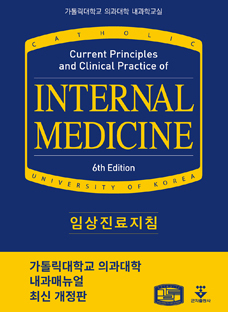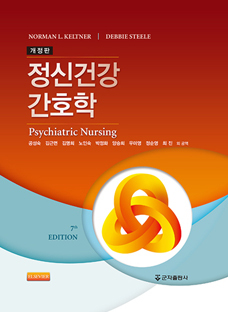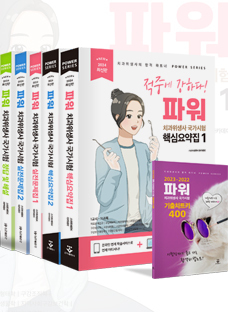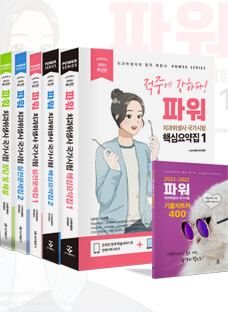2021-2022 Basic and Clinical Science Course, Section 06: Pediatric Ophthalmology and Strabismus
Arif O. Khan
287,000 281,000won
Section 6 begins with discussions of the pediatric eye examination and extraocular muscle anatomy. Includes chapters on amblyopia, sensory physiology and pathology, and the diagnostic evaluation of strabismus. Examines the clinical features, diagnosis and treatment of esodeviations and exodeviations, pattern strabismus, vertical deviations, nystagmus, and special forms of strabismus. Also, describes key aspects of extraocular muscle surgery.
The second part of this book covers the full range of pediatric ocular disorders. Deepen your understanding with videos covering diagnostic evaluation, procedures for vertical deviations and surgery of the extraocular muscles.
This section includes 37 videos, plus animations demonstrating the Krimsky test, cover-uncover test, alternate cover test, prism alternate cover test, simultaneous prism and cover test. Tables detailing neuro-oculocutaneous syndromes are also included. Both print and eBook users have access to the videos and animations.












































